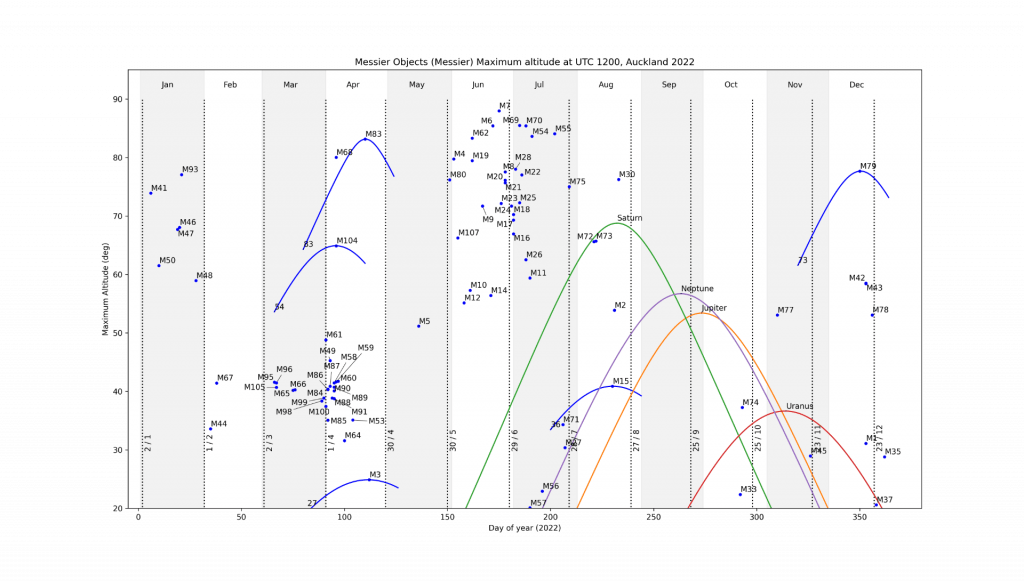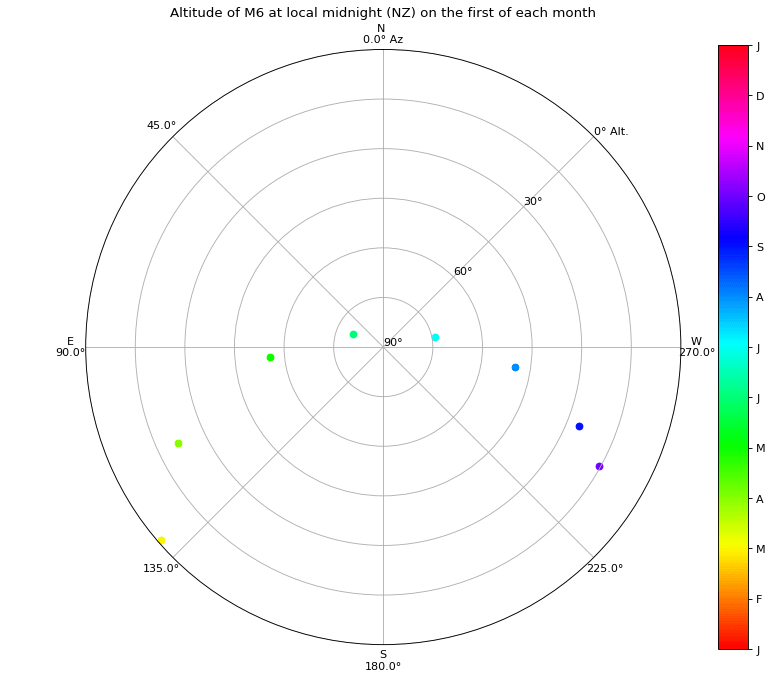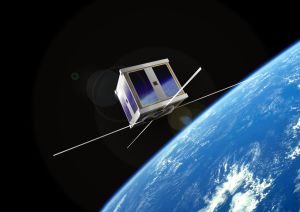The California Polytechnic State University — CalPoly — is in the pretty town of San Luis Obispo, a four hour drive north-west of Los Angeles. It is the home institution of one of the two academics who defined the CubeSat small satellite form factor. Every year CalPoly hosts a conference bringing together academics, industry, educators and students who are eager to use the CubeSat technology as a cheap way of conducting a space mission. This year’s conference was the 14th in the annual series and was the most well attended to date, with around 300 attendees. Around half of the audience was from academia or other educational institutions and the other half from the aerospace industry. The three of us who attended constituted one of the largest delegations from a foreign university.
The CubeSat standard has produced an industry providing CubeSat format compatible satellite subsystems — most of which are advertised as being “plug and play”. However of course the reality still is, as they say, space is hard. Space is also expensive. For these reasons we need to learn as much as possible how to design, construct and test small satellites. It’s well-known that, after over a decade of launching CubeSat space missions, around 50% of those launched from student teams do not function upon arrival in orbit. The reason for this is usually attributed to a failure to test the satellite sufficiently well before launch. Our tasks at the conference was, therefore, to listen, learn and talk to as many people who we think would be able to advise us as we start on this perilous journey into space. We had the opportunity to listen to many speakers on their experiences launching CubeSat based space missions. Some of the talks were from industry-based enterprise and some from academia and indeed some from high schools. The advantage of a CubeSat is that it is a relatively cheap platform around which to base a space mission. They are small and therefore are usually modest in the scientific returns. However they can be designed and constructed at relatively low cost and relatively quickly. This allows CubeSats to take advantage of technological innovations at a far greater rate than traditional large space missions. By the time a traditional large space satellite is launched the technology is already some years out of date as engineering requirements would have had to be specified and set in stone some years before launch. This is not the case with nanosatellites such as a CubeSat, indeed some of the first small satellite missions simply flew a commercial cell phone into orbit, the so called PhoneSats.
We were able to talk to several people who are a particular interest in our work with the APSS. Brad Schneider (VP/General Manager Rocket Lab USA) was there and we had a good chat with him. Brad was able to update us on the status of Rocket Lab’s operations at their launch site at Mahia, as well as giving us an idea of the scale of Rocket Lab’s operations in the US. We also caught up with the CEO of Clyde Space, Craig Clark, MBE. Clyde Space is supplying our first CubeSat system, functional and ready to incorporate a small student payload. We found Craig to be very supportive of our new programme and stands ready to help us out as far as possible.
NASA has long recognised the value of small satellites and indeed CubeSat space missions as a means for demonstrating new technologies quickly and relatively inexpensively. There were a number of topics of interest in small satellite technology development expressed at the conference. One of the biggest challenges to small satellite space missions is the inability to transfer large amounts of data collected in space down to Earth. Power restrictions and bandwidth often mean that the data downlink from satellite to Earth is somewhat modest. There is therefore a great deal of interest in optical communication systems which could allow small satellite space missions to download more of their data. One of the most ambitious programs of this type is to perfect a system of laser communication between a small satellite and a telescope on Earth. The predicted maximum data rate is expected to be of the order of a gigabit per second. Other technology challenges which are being currently addressed by the community include propulsion systems for small satellites. This is of particular interest as small satellites are being considered for missions well beyond low earth orbit. Missions are being designed to travel to Mars and the moon. Finally as an example firmly in the realm of cutting edge technology, there is a program being run by the University of Singapore to enable Quantum Key Distribution. QKD is a technique which, if successful, will utilise the phenomenon of quantum entanglement to improve encryption. Satellites will generate entangled photons and distribute these to the well-known correspondents Alice and Bob. Essentially creating a one-time pad, QKD offers a means by which that miscreant Charlie will be fresh out of luck in eavesdropping on their conversation. There is therefore a great deal of opportunity for universities and research institutions to develop small satellite subsystem technology. Nanofluidics, biological experiments, laser communication, material science, computer algorithm design, were all the basis of small satellite enabled missions described at the conference. Apart from work developing new technologies is the drive to miniaturise current technologies to operate on a small satellite. Delwyn Moller (Principal Systems Engineer, Remote Sensing Solutions and UoA Engineering alumnus), at a talk given at the UoA earlier this year, mentioned that her company is working on miniaturising their radar system to fit within a CubeSat.
There is, therefore, a great interest in the community in developing technologies for flight on CubeSats. These subsystems are necessarily small and will have a very high cost per kg, ideal for a country like New Zealand, remote to most major consumers of small satellite technologies. There are significant research programmes at the UoA that could take part in developing CubeSat technologies, including the laser and quantum optics groups in the Department of Physics; the robotics, electronics, mechatronics groups in the Faculty of Engineering.
And in addition to this there is always the opportunity to use small satellites to engage students in STEaM subjects at university, in the way that we are doing with the APSS. There were a couple of talks at the conference which described the work done by university and high school CubeSat based programmes. One of the more impressive outfits is Auburn University, which has been running a small satellite programme for some time. They note that the advantages of the programme include the excitement space brings to the student environment, as well as a sense of community. Challenges include the maintenance of motivation of the students as well as the time expended and the continual loss of “corporate memory” as students pass through the programme. Motivation is heightened by a sense of ownership, which is in turn maximised by a degree of autonomy. A feature of this programme is that the students are divided into management teams and technical teams, depending on their skill sets.
The Vice President (Engineering) of AMSAT was present at the conference and demonstrated how easy it was to listen to the AMSAT satellite as it passed overhead on day 2 of the conference. One of us (NJR) forced the others to suffer rush hour LA traffic to get to an amateur radio shop in Anaheim to buy an antenna rotator, which will be an integral part of a UoA satellite ground station.
Nicholas Rattenbury
John Cater
Jim Hefkey
May 2017








